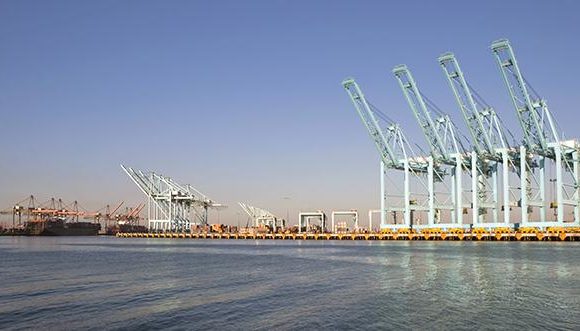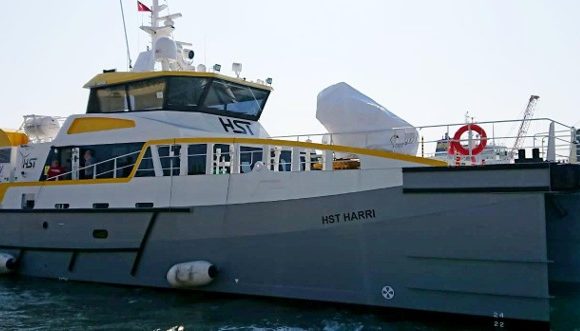Reducing carbon footprint in marine industry

The marine industry has a great opportunity to reduce its carbon footprint. Developing and growing economies, as well as developing countries, can benefit from the unique commercial and development prospects it provides. According to the World Bank, developing countries with abundant renewable energy resources have the potential to tap into a future fuel market worth an estimated US$ 1 trillion or more.
Innovation will be critical in decarbonizing the sector, including increasing fuel economy, using new technology, and improving operational procedures.
Companies must adopt new business models and place a strong emphasis on innovation and environmentally responsible investment throughout the value chain.
Approximately 90 percent of all traded products are transported across seas on cargo vessels, with the vast majority of these vessels fueled by fossil fuels such as heavy fuel oil and natural gas.
According to the United Nations, shipping is currently responsible for 3 percent of all worldwide greenhouse gas emissions. Researchers predict that by 2050, this might account for up to 10% of total greenhouse gas (GHG) emissions.
To have a decent chance of keeping global warming to 1.5 degrees Celsius, the industry must reduce its emissions by half by 2030 and achieve absolute zero emissions by 2050 at the very latest.
It also accounts for as much as 15% of the world’s manufactured sulphur oxide and nitrous oxide emissions, with the majority of these emissions falling on low-income populations in close proximity to port facilities.
On the subject of fuel, there are numerous possibilities. From 2030 onwards, it is envisaged that zero-carbon bunker fuels would be introduced into the worldwide fleet and rapidly scaled up. It is possible that biofuels and synthetic kerosene have smaller carbon footprints than fossil hydrocarbon fuels if the biomass is obtained in a sustainable manner. Given that the architecture of a ship is less constricted than that of an aircraft in terms of volume, fuel mass, and safety, CO2-free ammonia is a viable alternative fuel.
In addition, the sector must maximise energy efficiency while shifting away from fossil fuels as quickly as possible. Energy efficiency alone has the potential to eliminate a significant portion of shipping-related greenhouse gas emissions. This includes technical alternatives as well as operational countermeasures.
As a result, shipping emissions are thought to be responsible for around 6.4 million cases of childhood asthma worldwide each year, as well as 260,000 premature deaths.
Increased customer demand for environmentally friendly transportation has assisted in encouraging firms and shipowners to invest in carbon-neutral boats, and the industry anticipates that this trend will not only continue in 2022, but will increase. The realisation is dawning on businesses that development is required immediately and that new solutions must be applied across all elements of the business. This is demonstrated by the fact that the vast majority of container lines are now firmly committed to a net-zero aim by the year 2050, at the very latest.















